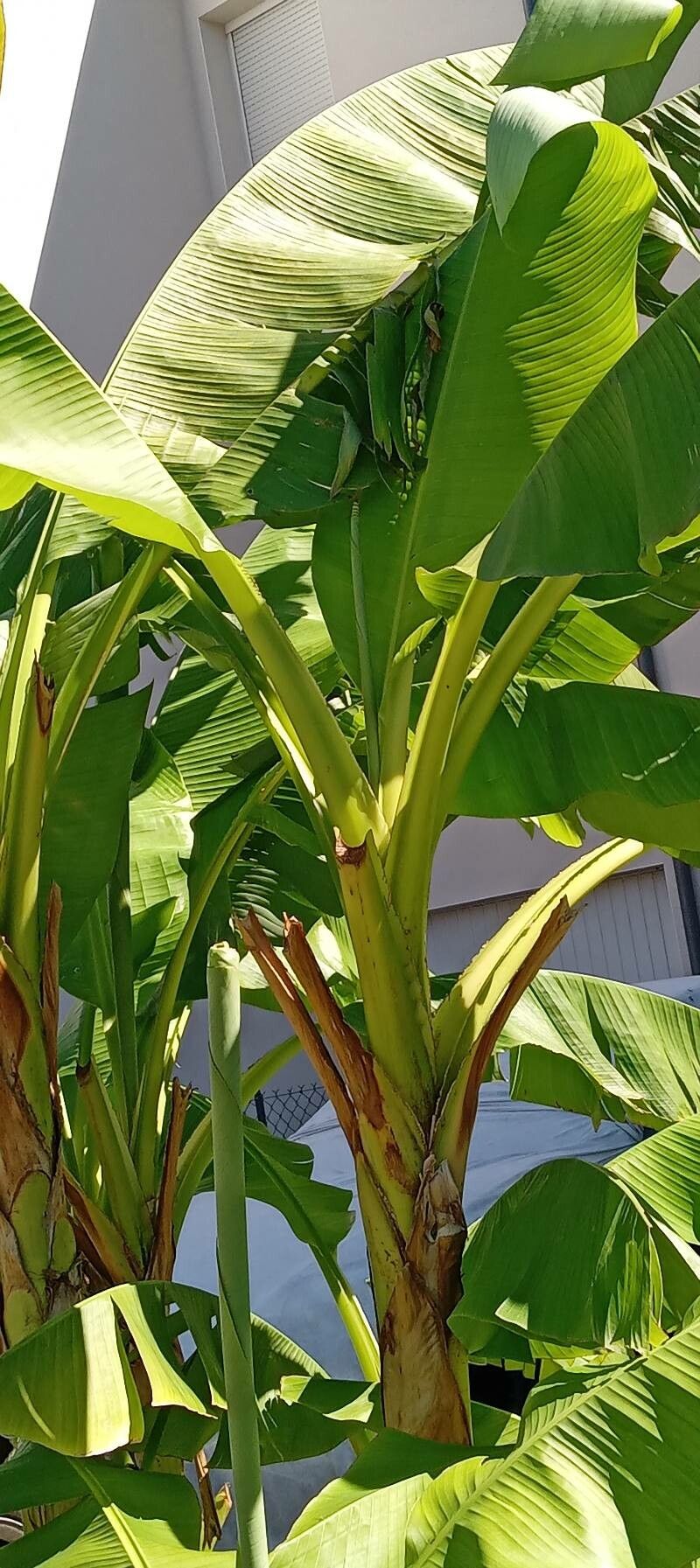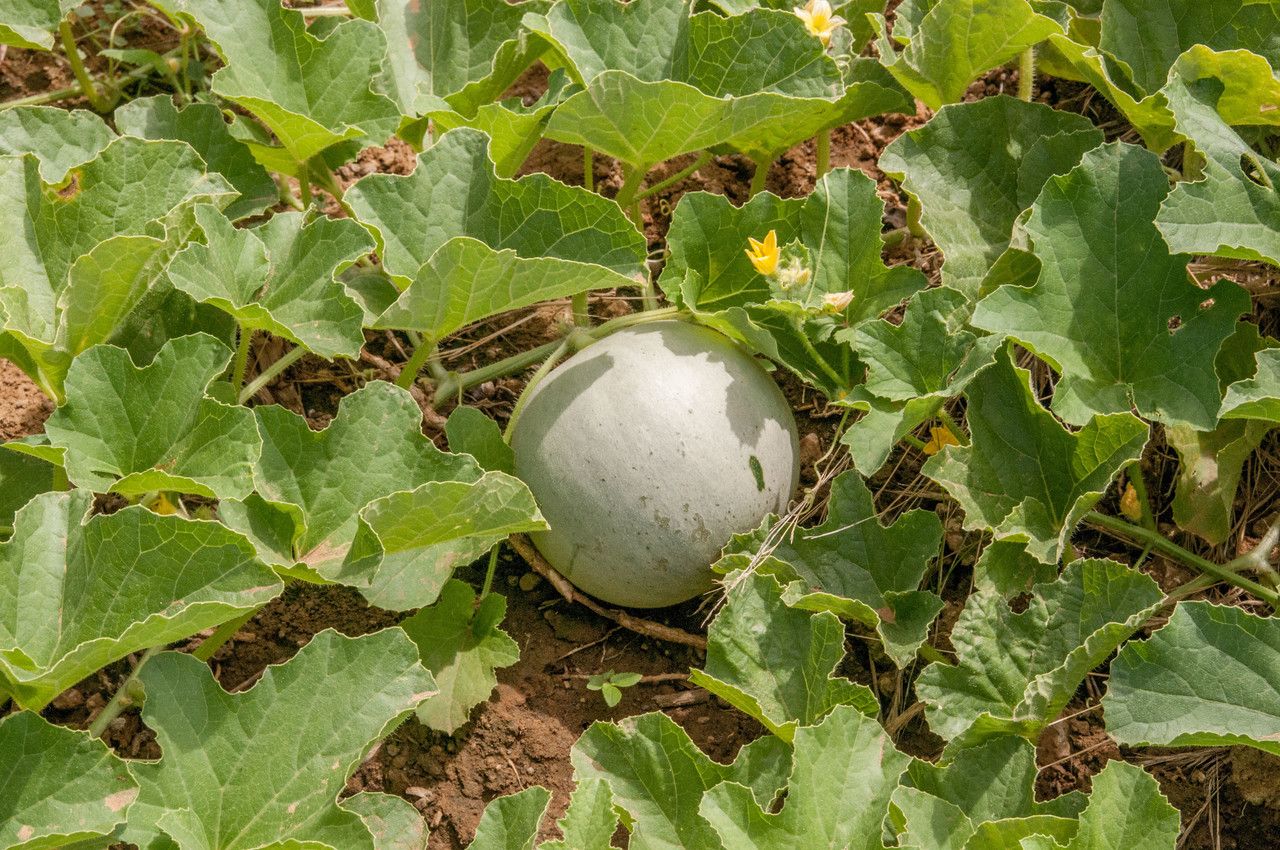# Japanese Fiber Banana: A Stunning Ornamental Plant
The Japanese Fiber Banana, while sharing a name with its edible cousins, is primarily grown for its striking aesthetic appeal rather than its fruit. Belonging to the *Musaceae* family, this plant boasts a unique charm, making it a captivating addition to gardens worldwide. Unlike its fruit-bearing relatives, the Japanese Fiber Banana's fruit is small and inedible. This guide will equip you with the knowledge to successfully cultivate this beautiful ornamental plant.
### Habitat and Growth
Native to the tropical regions of Asia, the Japanese Fiber Banana thrives in warm, humid environments. It enjoys partial to full sun exposure, but can tolerate some shade, particularly during the hottest parts of the day. Providing protection from strong winds is crucial, as the large leaves can be easily damaged.
### Soil Needs and Planting
The Japanese Fiber Banana prefers well-drained, fertile soil that's consistently moist but not waterlogged. A soil mix rich in organic matter, such as compost or peat moss, will promote healthy growth. When planting, ensure the root ball is slightly above ground level to prevent rot. Amend heavy clay soils with organic material to improve drainage.
### Watering and Fertilizing
Consistent moisture is key to the success of your Japanese Fiber Banana. Water regularly, keeping the soil evenly moist, but avoid overwatering, which can lead to root rot. During the growing season (spring and summer), fertilize monthly with a balanced liquid fertilizer to encourage vigorous growth. Reduce fertilization during the dormant period (fall and winter).
### Propagation
Propagation is most easily achieved through suckers, which are offshoots that grow from the base of the mother plant. Carefully separate the suckers from the parent plant using a sharp, sterilized knife or trowel. Plant the suckers in well-prepared soil and keep them consistently moist until they become established. You can also propagate from seed, although this method is less common and may produce plants with slightly different characteristics.
### Pest and Disease Management
Japanese Fiber Bananas are relatively pest-resistant, but they can be susceptible to pests such as aphids, mealybugs, and spider mites. Monitor your plant regularly and address any infestations promptly using appropriate insecticidal soap or neem oil. Proper watering and soil drainage can help prevent fungal diseases like root rot. Ensure good air circulation to minimize the risk of disease.
### Winter Care
In colder climates, the Japanese Fiber Banana will likely die back in winter. Protection from frost is essential for survival. If grown in containers, move the plant indoors to a sheltered location with bright, indirect light. If planted in the ground, mulch heavily around the base of the plant to insulate the roots. New shoots will emerge in the spring.
### Uses and Benefits
While the fruit isn't edible, the strong fibers of the Japanese Fiber Banana's leaves have been traditionally used for various purposes, including making rope and textiles. However, its primary use today is as a striking ornamental plant that adds a tropical flair to gardens and landscapes.
Growing a Japanese Fiber Banana is a rewarding experience that brings a touch of the exotic to your outdoor space. With proper care and attention, you can enjoy the beauty of this remarkable plant for years to come.
Japanese Fiber Banana: Grow Guide & Care Tips

Frequently Asked Questions
How to care for a Japanese fiber banana plant?
Provide consistent moisture, well-drained soil rich in organic matter, partial to full sun, protection from strong winds, and regular fertilization during the growing season. Address pests promptly and provide winter protection in cold climates.
Is Japanese fiber banana edible?
No, the fruit of the Japanese Fiber Banana is small and inedible. It's primarily grown for its ornamental value.


